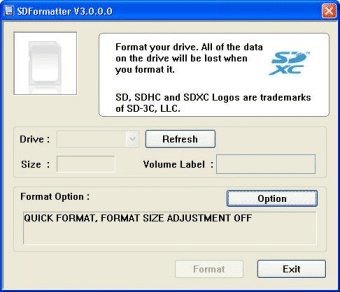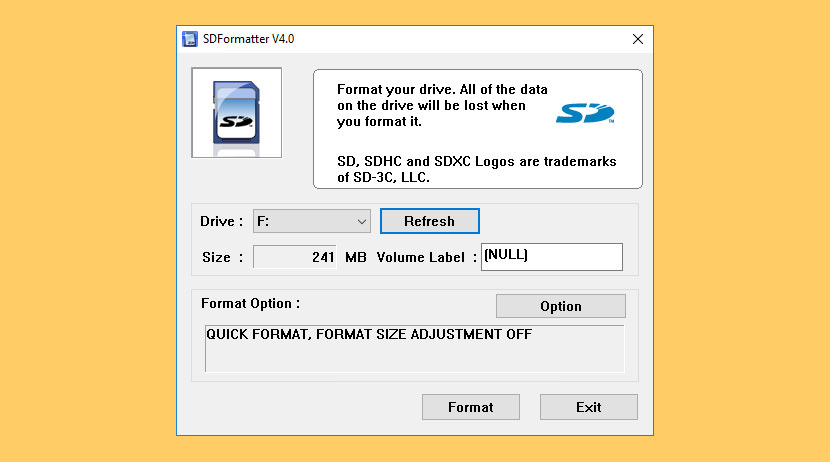

The blocks that have now become free are erased and can be written with new data ( program). To do this, the (valid) content that is still important is read from several blocks with valid and invalid cells and written to a new block. Only then is tidying up carried out: the garbage collection or in short GC. The controller in the memory card will first of all write to blocks and pages that are still free. For technical reasons (file system) and to avoid unnecessary Program-Erase Cycle (or short P/E), which limit the service life similar to charge cycles in a battery, the actual data is not deleted immediately when a file is deleted, but the relevant pages are marked as deleted, or more technically invalid. VALUETECH Why does deleting photos and videos may cost speed?Ī problem arises from the latter circumstance. Simply use the following voucher at the checkout page: Together with Viltrox, we are happy to offer a 10% discount in the official VILTROX Store. You are interested in Viltrox products? Viltrox is known for its great Adapters, Speed Booster, LED Lights and a variety of Lenses for mirrorless cameras with Canon EF-M, Fuji X, Nikon Z and Sony E Mount. #ad Viltrox Lenses & Accessories: Get 10% Off! View of an SD memory card in a HEX editor: Even after being deleted, the files are still in the memory cells. In order to be able to write in a block again, this must have been deleted before completely (strongly simplified). A block is the smallest unit that can be erased. If a single bit must be stored, a whole page is always addressed.

Important for the problems with deleting and formatting: A page is the smallest level that can be written ( program). This is why, for example, higher-capacity models are often faster than the smallest variants of a model series. Individual dies and/or planes can be addressed in parallel to enable higher read and above all write speeds. The package is the memory chip that finally ends up on the PCB in the memory card. Several hundred of these blocks are combined into a Plane, on each individual Die (silicon chip) there are usually two to four Planes and several Dies can be in a Package. Several hundred to a thousand pages then become a block, which can already hold between 512 kilobytes (kB) and 96 megabytes (MB). a five-digit number of individual memory cells. There is room for between 512 and 16,384 bytes in a so-called page, i.e. In order to efficiently address some billions or even trillions of memory cells, these are divided into different levels. Structure of a NAND flash die into plane, block and page Consequently, two (QLC) to eight memory cells (SLC) are needed to store one byte (eight bits). Depending on whether two (1 bit SLC), four (2 bit MLC), eight (3 bit TLC) or 16 different voltage levels are used (4 bit QLC), a cell can store a corresponding number of bits. Different voltage levels are stored in each individual memory cell. NAND flash is a transistor-based semiconductor memory produced on silicon wafers. Unfortunately, to understand the why, some background knowledge is needed about NAND flash memory, as it is used in virtually every memory card. We want to answer the most important questions and dispel some myths. Should you format your (SD) memory card after every use? Do you risk defective pictures and broken videos if you delete data instead of formatting the memory card? And if you format, how and where? You see: A supposed trifle like deleting photos and videos from a memory card is hotly debated all over the internet - including a lot of hearsay and outdated technical background.

The Ultimate Guide: Format or erase memory cards? And how?


 0 kommentar(er)
0 kommentar(er)
